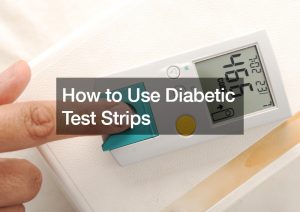In general, doctors in the UK will recommend three different scoliosis treatments for patients: observation, bracing, and surgery. These are the most effective and proven treatments for scoliosis. They are chosen based on the severity of the condition (e.g., observation is recommended for mild scoliosis, bracing for moderate, and surgery for severe).
But over the past couple of decades, many people have decided to opt for non-medical, alternative treatments to scoliosis that do not involve surgery, but instead, rely solely on repeated, physical manipulations of the back. While most of these are not backed by hard, scientific evidence, some people claim to derive benefits, albeit their evidence is anecdotal.
In this article, we take a look at some alternative scoliosis treatments and whether they’re good for your back:
Physical Therapy
Physical therapy, or PT, is often recommended by doctors alongside medical treatments as an augment to their overall scoliosis treatment program. While there has been scientific evidence of physical therapy helping people’s posture and breathing, there is little conclusive evidence that shows PT’s effectiveness in mitigating spinal curvature in the long run.
PT is a good short-term solution to manage back pain, but it is not an effective long-term solution to stopping your spine from curving. Yes, it is used to augment specific scoliosis treatments—like in children with mild scoliosis. But it should not be used as a complete alternative to medical treatments.
Yoga
Yoga is a form of physical therapy that improves muscles via stretching, holding positions, breathing exercises, and, of course, meditation. Some systems of yoga even supplement these exercises with a highly-balanced diet to further increase a person’s overall wellness.
However, there is very little evidence to support yoga’s efficacy as a treatment for scoliosis. Given that, yoga still has numerous other health benefits, and while it may not help your back, it can work as an overall supplement to your health.
Deep Tissue Massage
One of the simplest alternative treatments to scoliosis, many scientists have found fairly substantial evidence to the efficacy of massages in managing pain and even helping straighten out spinal curvature. Specifically, deep tissue massages have been shown to alleviate muscle tension, which promotes healthy blood flow and muscular integrity.
But, again, massage alone is not recommended. Instead, it should be used to augment and improve medical scoliosis treatments.
Chiropractic Treatments
Chiropractic is controversial because while many people claim that it is useful, an overwhelming majority in the medical community deride it as “quack” treatments at best and a source of dangerous complications at worst.
Many people, however, swear by chiropractic’s seemingly effective way of managing short-term pain in the joints and the back. However, it is not an effective long-term treatment for scoliosis and should be avoided in general.
Acupuncture

Again, like chiropractic, acupuncture is controversial because many people see it as an effective alternative to pain management, but it has little conclusive scientific evidence of efficacy. Acupuncture uses extremely fine needles that are placed in strategic points of the body to stimulate and encourage the flow of energy, which allegedly helps treat illnesses.
There is no scientific evidence to prove this theory. It should be noted that while the dangers of acupuncture are few, it should still be avoided like chiropractic.
Knowing these alternatives can give you other choices if you don’t want the usual treatments. However, it is advisable to research if these treatments are suitable for your condition.





